Bacterial counts affected by seasonal variations, sophistication of processing technology
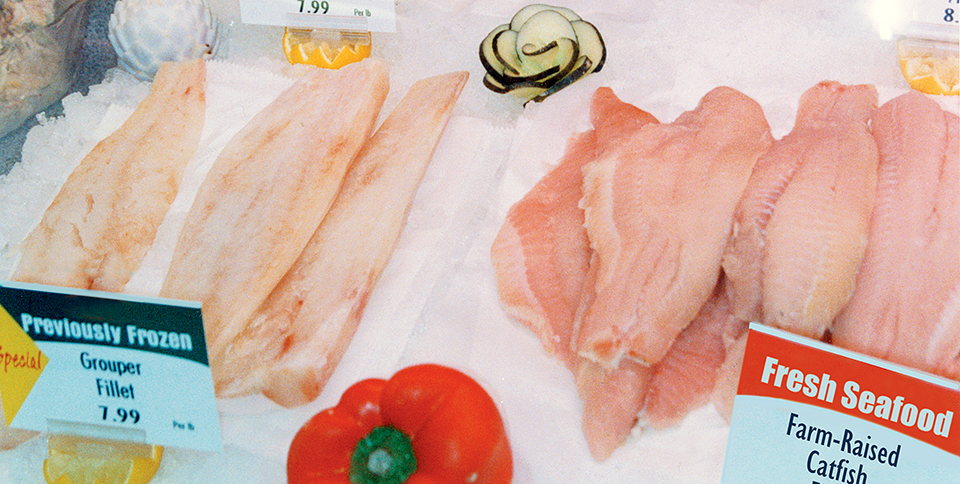
A popular consumer magazine recently published articles describing the quality of fish fillets from aquacultured fish. With selected microbial counts employed as the basis for assigning quality, fish quality was found lacking in most products evaluated. The question is, can certain microbial counts accurately distinguish quality in the marketplace?
Plate counts as quality indicators
Microbial plate counts can probably be effectively used as quality indicators for some aquaculture species. But for other aquaculture products, microbial populations do not necessarily provide a realistic appraisal of a product’s intrinsic quality.
A multiyear study funded by the Southern Regional Aquaculture Center (SRAC) and performed by food scientists at Auburn University, Mississippi State University, and Virginia Tech in the United States has shown that microbial and bacterial counts on catfish fillets are affected by both seasonal variations and the sophistication of the processing technology. Therefore, fillets at the retail market or in the distribution system can be judged as high or low quality, depending on when and where the microbial sampling occurred.
Temperature and bacterial counts
One of the factors that affect microbial populations on whole fish and fillets is the environment from where fish come. The most important element is water temperature, which determines feeding schedules and fish growth rates, and affects nutrients and the conditions for microbial survival and population growth. Water temperatures in catfish ponds in the southern U.S. can vary by over 20 degrees-C between summer and winter (Table 1). A similar situation would occur in any aquaculture pond located in a warm environment.
Flick, Seasonal temperature range of catfish ponds, Table 1
| Season | Pond Water (° C) |
|---|---|
| Summer | 27-32 |
| Fall | 19-24 |
| Winter | 12-15 |
| Spring | 21-25 |
The SRAC study showed there is a direct relationship between pond water temperatures and aerobic, psychrotrophic, coliform, and E. coli plate counts on catfish fillets (Table 2). Aerobic plate counts on fillets varied from a low of 3.0 in the winter to 6.0 (log10 CFU per grams fish) in the summer. Psychrotrophic counts paralleled the aerobic counts and were higher in the summer (6.5) than in the winter (3.0).
Flick, Effect of season on microbial counts of fresh fillets, Table 2
| Microbe (season) | Population Range (log10 CFU/g fish) |
|---|---|
| Aerobes | |
| Summer | 3.6-6.0 |
| Fall | 3.4-5.4 |
| Winter | 3.0-5.1 |
| Spring | 3.1-4.9 |
| Psychrotrophs | |
| Summer | 3.7-6.5 |
| Fall | 3.7-5.7 |
| Winter | 3.0-5.6 |
| Spring | 3.5-5.4 |
| Coliforms | |
| Summer | 1.4-3.2 |
| Fall | 1.1-3.1 |
| Winter | 0.8-1.9 |
| Spring | 1.3-1.8 |
| Population Range (CFU/g fish) | Population Range (CFU/g fish) |
| Escherichia coli | |
| Summer | 2.0-75.0 |
| Fall | 0.0-4.0 |
| Winter | 0.0-0.0 |
| Spring | 0.0-2.0 |
Coliform counts ranged from 0.8 in winter to 3.2 in summer. E. coli populations (greater than 1 CFU per grams fish) were not isolated in the winter. However, in the summer, populations ranged 2.0-75.0 CFU per grams fish, 2.0-4.0 in the fall, and 0.0-2.0 in the spring. E. coli in the intestinal tract of catfish appears to be primarily responsible for contamination of the fillets.
Sound sampling needed
Sampling catfish only during the summer could lead to the conclusion that inferior quality products are being sent to market. An erroneous conclusion could also result from sampling only during the winter. Therefore, a responsible report to consumers should include data and conclusions developed from a scientifically sound sampling protocol, and the information reported with the best possible interpretation.
Treatment alternatives
There is relatively little the catfish industry can do to modify the microbial populations in their production ponds. The only viable options for processors are inline or post-processing operations capable of reducing microbial populations. Examples include the use of approved additives in chilling water or direct application to fillets. Other options include irradiation, pulsed electromagnetic waves, or high hydrostatic pressures.
Cost-effectiveness
How cost-effective would these processing options be, however, and exactly how would consumers benefit? Perhaps a longer shelf-life could be achieved, but any increase in product safety is open to significant discussion and speculation. Also, it is important that catfish is primarily eaten as a cooked product, rather than raw or only partially cooked. Most microbial pathogens on fillets are destroyed or inactivated during the cooking process, thereby minimizing the food hazard.
Automated processing and bacterial counts
In the SRAC study, the highest microbial and bacterial counts were all found in processing facilities producing over 450 metric tons (MT) of fillets per year. An inplant study showed the higher counts were due to the accumulation of microorganisms on automated processing equipment. Low microbial populations were found in smaller processing facilities, where processing is carried out mostly by hand with minimal mechanization.
Microbial populations on the processing equipment and processed fish could be reduced if processing operations were interrupted for cleaning and sanitizing every 15 min of operational time. The cleaning procedures would require 15 to 20 min for each processing line. Therefore, mechanized processing operations would be operational for a maximum of 50 percent of a workday.
Conclusion
Important economic questions must be answered regarding microbial counts and product quality. For example, what is the relationship between increased cost and implementation of technology to significantly reduce microbial populations on aquacultured fish fillets? How much more would consumers be willing to pay for fillets with a 1-3 log10 reduction in selected microbial populations? Will an aquacultured fish fillet provide any real increase in food safety or decrease in food-borne illness?
Until these questions are satisfactorily answered, investments to produce aquacultured catfish products at a higher production cost in order to lower microbial populations are unlikely. Retail selling price appears to be the greatest single factor that affects consumer food choices, irrespective of consumers stating their willingness to pay for increased product quality.
(Editor’s Note: This article was originally published in the February 2002 print edition of the Global Aquaculture Advocate.)
Now that you've reached the end of the article ...
… please consider supporting GSA’s mission to advance responsible seafood practices through education, advocacy and third-party assurances. The Advocate aims to document the evolution of responsible seafood practices and share the expansive knowledge of our vast network of contributors.
By becoming a Global Seafood Alliance member, you’re ensuring that all of the pre-competitive work we do through member benefits, resources and events can continue. Individual membership costs just $50 a year.
Not a GSA member? Join us.
Author
-

George J. Flick, Jr., Ph.D.
Food Science and Technology Department
Virginia Tech
Blacksburg, Virginia 24061 USA[117,100,101,46,116,118,64,103,107,99,105,108,102]
Tagged With
Related Posts
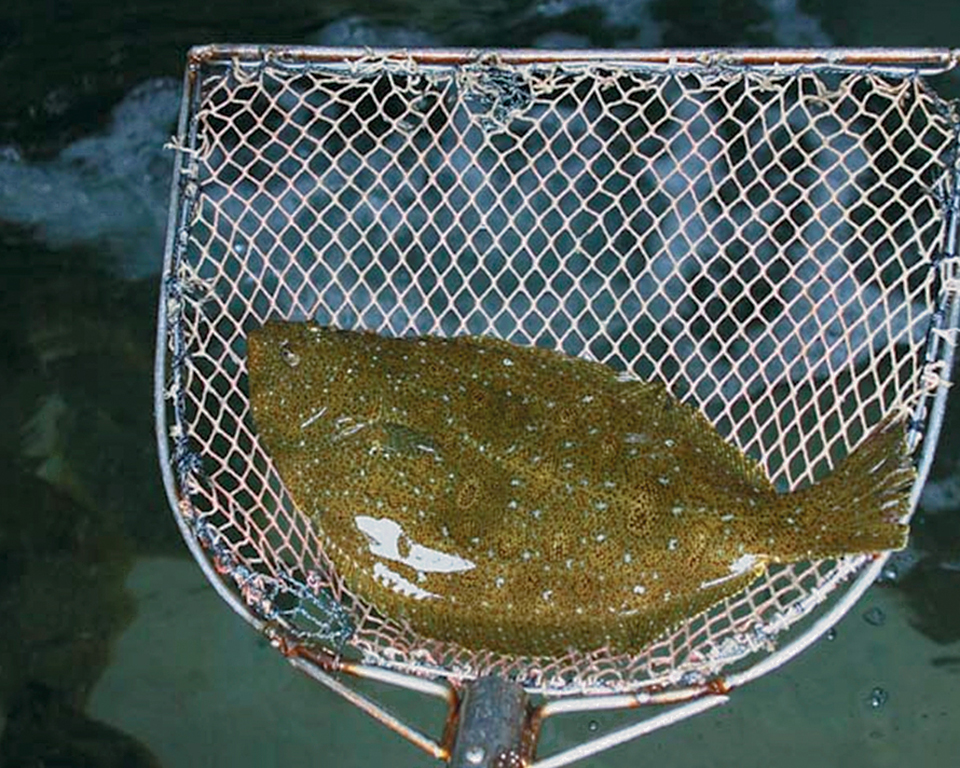
Health & Welfare
Dietary organic acids improve gut health, disease resistance in olive flounder
A study evaluated the effects of two organic acid blends on performance, gut health and disease resistance in olive flounder. The dietary organic acids were effective in lowering total gut bacterial counts, gut Vibrio counts and in conferring resistance against Edwardsiella tarda.
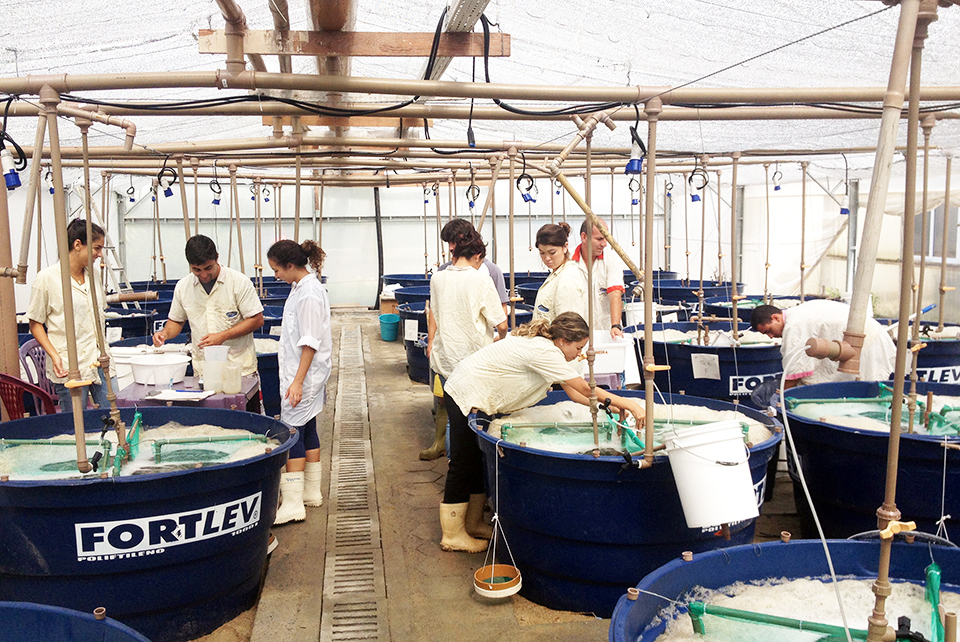
Health & Welfare
Dietary sodium butyrate improves performance of Pacific white shrimp
Sodium butyrate has potential as an additive for marine shrimp diets, improving both the balance of intestinal bacterial flora and performance of the shrimp.
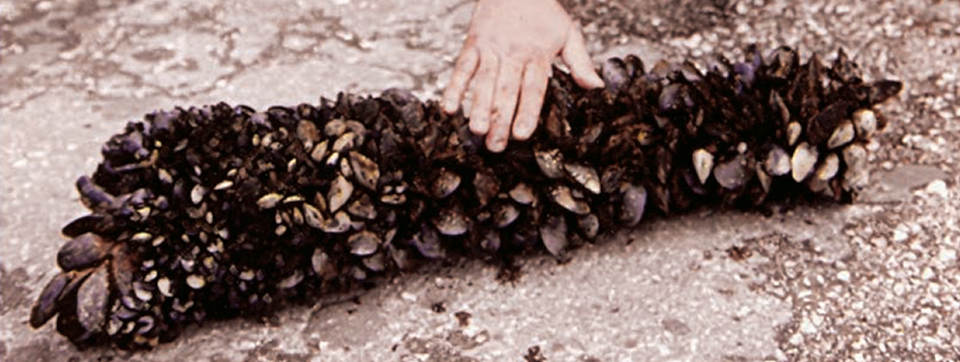
Intelligence
Post-harvest treatments defeat Vibrio vulnificus
Widely distributed in shellfish and the coastal waters they inhabit, Vibrio vulnificus bacteria account for 95 percent of all seafood-related deaths in the United States.
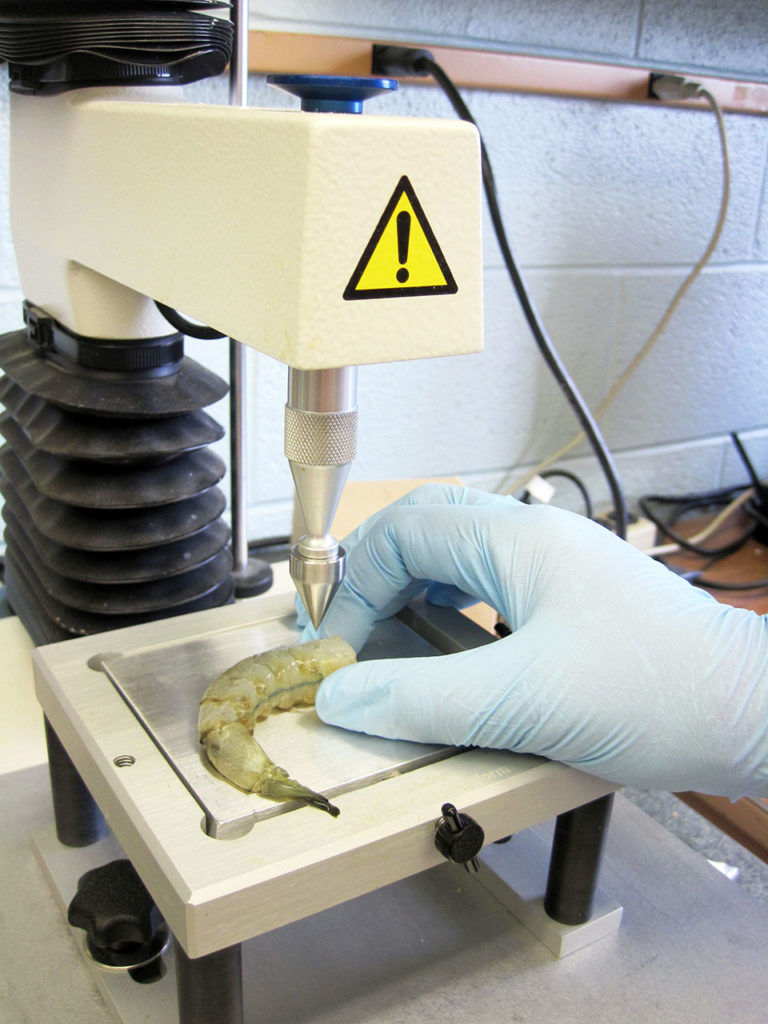
Intelligence
Study finds texture quality of head-on, headless shrimp similar after cold storage
Mushiness of shrimp tails is often associated with head-on shrimp. Results from the authors’ study, however, indicated that texture values did not vary much between headless and head-on shrimp stored over a two-week period at 4 degrees-C.

